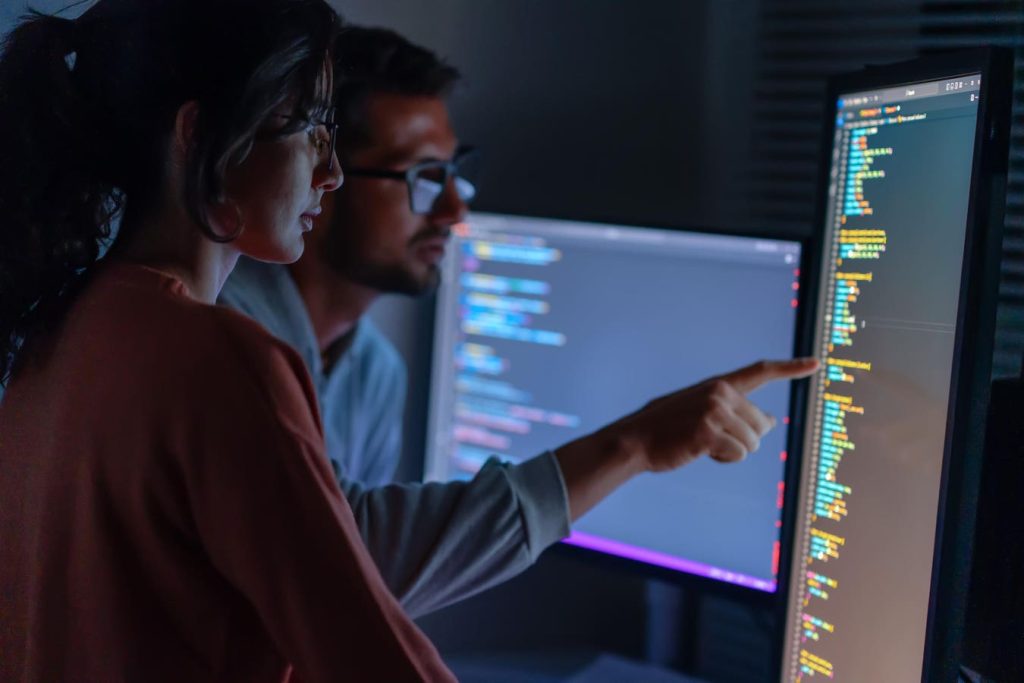Gaurav Singh, Managing Partner of Guddi Growth, is leveraging his ten years of expertise in AI to drive growth through acquisitions in the B2B tech space. In a rapidly evolving technological landscape, Singh emphasizes the importance of utilizing AI tools to modernize legacy systems, not just as quick fixes, but as part of a true revolution in how companies operate and innovate.
Legacy systems, often maintained out of habit rather than functionality, can quickly become a burden on efficiency, security, and innovation. To maintain a competitive edge, upgrading these systems has become a necessity. To effectively modernize legacy systems, a thorough assessment of their architecture, functionality, and limitations is essential.
The 6 C’s – cost, compliance, complexity, connectivity, competitiveness, and customer satisfaction – provide a framework for evaluating and prioritizing modernization efforts. By addressing key questions regarding these drivers, organizations can streamline their modernization initiatives and focus on addressing critical operational and business needs first.
Singh believes that AI, particularly generative AI, offers significant potential for modernizing legacy systems. By leveraging generative AI tools, organizations can overcome the limitations of old systems, improve compatibility, and extract valuable business intelligence from historic data. This approach supports increased efficiency, performance, and innovation within organizations.
A balanced approach to transformation, encompassing both evolutionary and revolutionary strategies, is essential for staying ahead in the fast-paced tech landscape. Incremental improvements through evolutionary tactics can provide ongoing benefits, while revolutionary approaches, when preserving historical data, can offer significant advantages. Technologically-driven modernization involves stages of discovery, design, and planning to optimize system functionality, security, and scalability.
Business leaders must carefully consider the financial and operational impacts of modernizing legacy systems, from code refactoring to implementing modern coding standards. Mitigating disruptions to business operations through a staged strategy and fostering a change-friendly work culture are crucial components of a successful modernization strategy. By aligning technology updates with long-term business goals, organizations can future-proof their systems and maintain a competitive edge in the evolving tech landscape.


